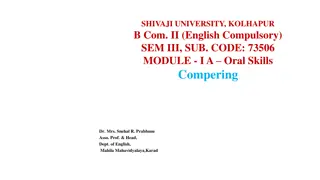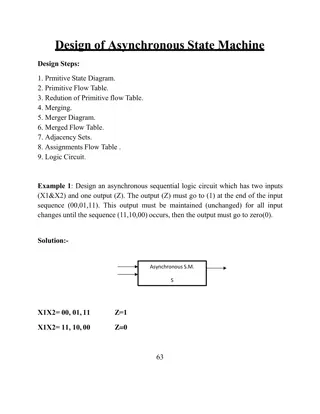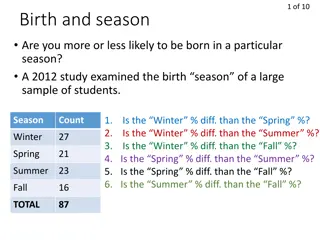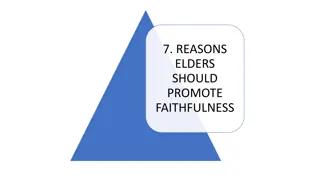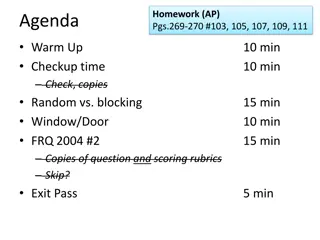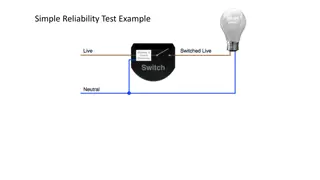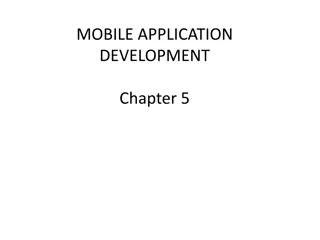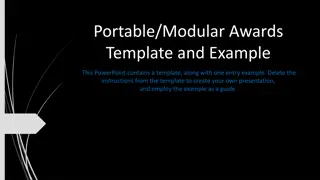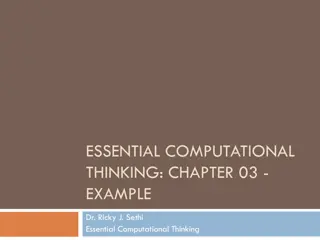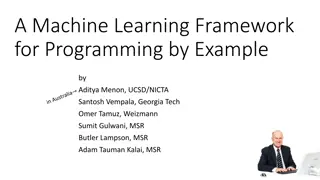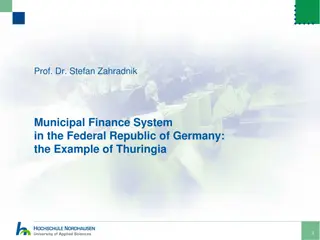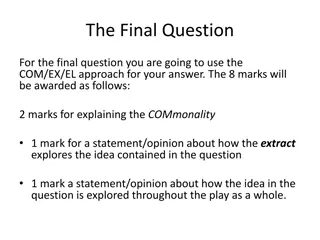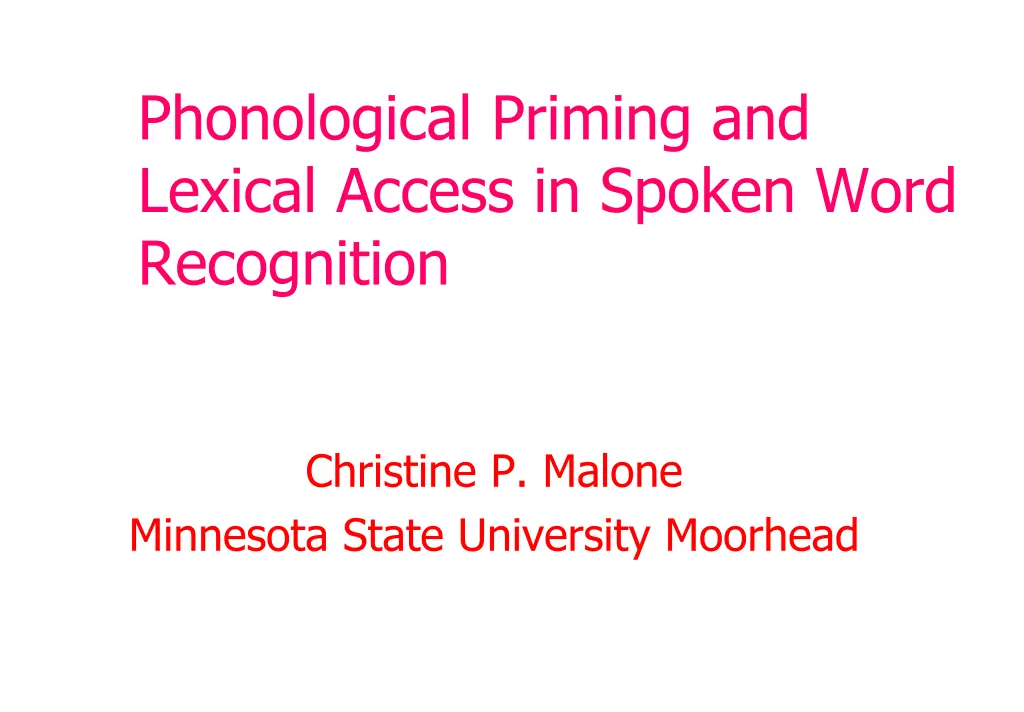
Phonological Priming and Lexical Access in Spoken Word Recognition Study
Explore the impact of phonological priming on lexical access in spoken word recognition through processes affecting single-word shadowing performance, mapping phonetic features onto lexical items, and the influence of phonological information on memory organization. The study delves into the activation of lexical candidates, the connectionist models used to understand such processes, levels of speech processing, priming effects on naming tasks, and an Experiment involving various stimuli.
Download Presentation

Please find below an Image/Link to download the presentation.
The content on the website is provided AS IS for your information and personal use only. It may not be sold, licensed, or shared on other websites without obtaining consent from the author. If you encounter any issues during the download, it is possible that the publisher has removed the file from their server.
You are allowed to download the files provided on this website for personal or commercial use, subject to the condition that they are used lawfully. All files are the property of their respective owners.
The content on the website is provided AS IS for your information and personal use only. It may not be sold, licensed, or shared on other websites without obtaining consent from the author.
E N D
Presentation Transcript
Phonological Priming and Lexical Access in Spoken Word Recognition Christine P. Malone Minnesota State University Moorhead
Problems How do the processes occurring during early stages of spoken word recognition affect single-word shadowing (naming) performance? How is a string of incoming phonetic features mapped onto a remembered lexical item? How does phonological information influence the organization of lexical items in memory?
Background on Activation A set of potential lexical candidates is activated, which then compete for recognition. The incoming sound pattern determines the potential candidates. Degree of activation is determined by match between the potential candidates and the unfolding sensory input.
Connectionist Models Difficulty obtaining facilitation following beginning phonological overlap across different tasks (Connine, Blasko, & Titone, 1993). Theoretical interest turned from cohort to connectionist theory. o Multi-level architecture composed of simple processing units, called nodes. Adapted from visual word recognition.
Levels of Speech Processing Feature Level Break speech into phonetic features (e.g., voiced/voiceless) WORD LETTER Phoneme Level--Interpret stream of features and produce a pre-lexical representation. FEATURE Lexical Level--Identify the word. INPUT
Priming and the Naming Task Shadowing task (naming) involves lexical processing, but is relatively unaffected by postlexical processing. Effect of having recognized the prime on recognizing the target? Phonological priming--assess differential levels of residual activation when manipulating phonological overlap and lexicality of prime.
Experiment 1 Stimuli Target: motivate Match motorist innovate vocalist Mismatch demote atrium vocalist Early Overlap Late Overlap Unrelated
Method This slide describes materials. Note: add other slides for Participants, Design, and Procedure Auditory priming paradigm, 100 ms ISI Single word shadowing (or naming) task, each list contained 8 EM, 8 EMM, 8 LM, 8 LMM, and 8 Unrelated pairs. Digitally recorded stimuli (22kHz, 16-bit) using SoundEdit and presented via PsyScope. Voice-activated reaction times recorded from target onset until beginning of vocal response.
Shadowing Latencies HF Beginning LF Beginning NW Beginning 950 900 Reaction Time in Msec Nonword Targets 850 800 750 700 Word Targets 650 Small Large Neighborhood Size of Word Beginning
Conclusions Shared beginnings slowed naming of target (inhibition) for word and nonword targets. Potential candidates are inhibited based on matching beginning information, supporting connectionist architecture.
Applications Questions regarding the lexicon architecture have important implications for how we understand and model the word recognition system. Empirical data is useful for scientists studying language processing, as well as for scientists developing speech recognition systems.



